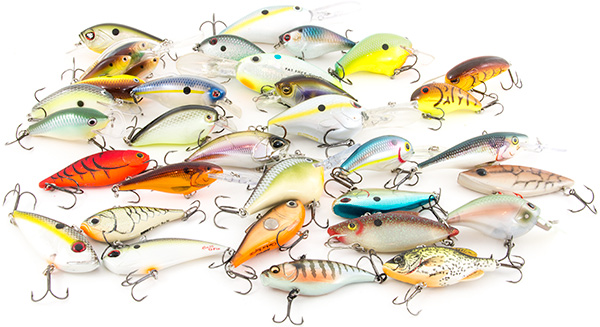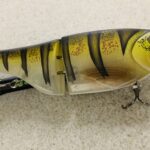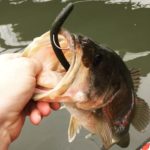How to Fish a Swim Jig

Andrew Wheeler on Lake Travis in central Texas
Largemouth bass are a popular game fish in the central Texas region, and fishing for them using a swim jig can be a highly effective method. A swim jig is a type of fishing lure that is designed to mimic the swimming motion of small fish or other prey that largemouth bass commonly feed on.
The first step in fishing for largemouth bass using a swim jig is to select the right type of lure. Swim jigs come in a variety of sizes and colors, and the right choice will depend on the conditions of the water you are fishing in. In general, it is best to use a swim jig that is between 3/8 and 1/2 ounce in weight, and that is colored to match the natural prey that largemouth bass are accustomed to feeding on in your area.
Once you have selected the right swim jig, it is important to rig it up properly. The best way to rig a swim jig is to tie it to the end of your fishing line using a Palomar knot. This is a strong and reliable knot that will allow your swim jig to move freely through the water.
When fishing for largemouth bass using a swim jig, it is important to choose the right location. Look for areas of the lake or river that have a lot of cover, such as logs, rocks, or weed beds. Largemouth bass like to hide in these types of places, so they are likely to be found in these areas.
Another important factor to consider when fishing for largemouth bass using a swim jig is the time of day. Largemouth bass are most active during the early morning and late evening, so these are the best times to fish. During the hottest part of the day, the fish will be less active and may be harder to catch.
When you are ready to start fishing, cast your swim jig out into the water and begin to retrieve it slowly. You want to mimic the swimming motion of small fish or other prey, so make sure to retrieve your swim jig in a steady and smooth motion. As you retrieve your swim jig, keep an eye out for any signs of fish activity, such as a fish jumping out of the water or a sudden change in the water’s surface.
Once you have a bite, set the hook quickly and firmly. Largemouth bass are known to be strong fighters, so be prepared for a battle when reeling in your catch. Use a heavy-duty rod and reel, and keep a firm grip on the rod at all times.
When reeling in your catch, it is important to keep the fish in the water as much as possible. Largemouth bass are sensitive to air, and they can easily die if they are out of the water for too long. Once you have successfully landed your fish, release it back into the water as soon as possible.
In conclusion, fishing for largemouth bass using a swim jig can be a highly effective method in the central Texas region. With the right type of swim jig, proper rigging, and an understanding of the best fishing locations and times, you can increase your chances of catching these elusive fish. Remember to always follow local fishing regulations and to practice catch-and-release to ensure the sustainability of the species.












